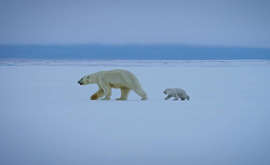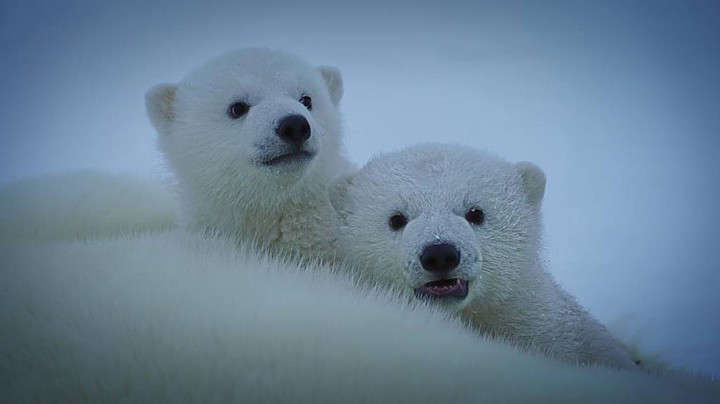
Field studies of the population of polar bears, which are traditionally carried out by Rosneft, have been completed. Specialists from the Institute of Ecology and Evolution. A.N. Severtsov Russian Academy of Sciences studied animals during the period when females emerged from their ancestral dens on the Alexandra Land island of the Franz Josef Land archipelago. The total length of the routes of the expedition was more than one and a half thousand kilometers.
Rosneft pays primary attention to environmental protection when planning and conducting business activities. Under an agreement with the Ministry of Natural Resources of Russia, the company is developing a program for the conservation of the biological diversity of Arctic ecosystems, which is part of the national project “Ecology”. Specialists from the company's Arctic Science Center, together with scientists from leading research institutes in the country, are studying the populations of polar bears, walrus, ivory gulls, and wild reindeer. These animals belong to the species-bioindicators of ecosystems. According to their condition, scientists conclude about the state of the fragile nature of the Arctic.

Rosneft has been studying polar bears since 2014. All polar bears in Russian zoos are also under the care of the company.
During the last expedition, scientists recorded 15 polar bears. Nine animals were studied using the method of remote immobilization, which does not pose a threat to their life and health. The specialists carried out a complex of morphometric measurements of the vital activity parameters of bears, weighing, taking blood and wool samples for genetic, biochemical and toxicological analyzes.
Three females were wearing special collars with Argos satellite transmitters. Signals from these devices allow remote monitoring of animal movements. The first data from the transmitters recorded the migration of female bears with cubs across the fast ice from Alexandra Land to the Georg Land Island and their survey of the coastal bays of this island.
Let us remind you that the polar bear is the largest terrestrial predator on the planet, it is listed in the Red Book of Russia and the Red List of the International Union for Conservation of Nature. The area in the Russian Arctic covers the waters of all seas, except for the White Sea and the Arctic Basin. Seasonal migrations of animals depend on the dynamics of the ice cover. In spring and summer, bears leave with the retreating ice to the north in search of food.

